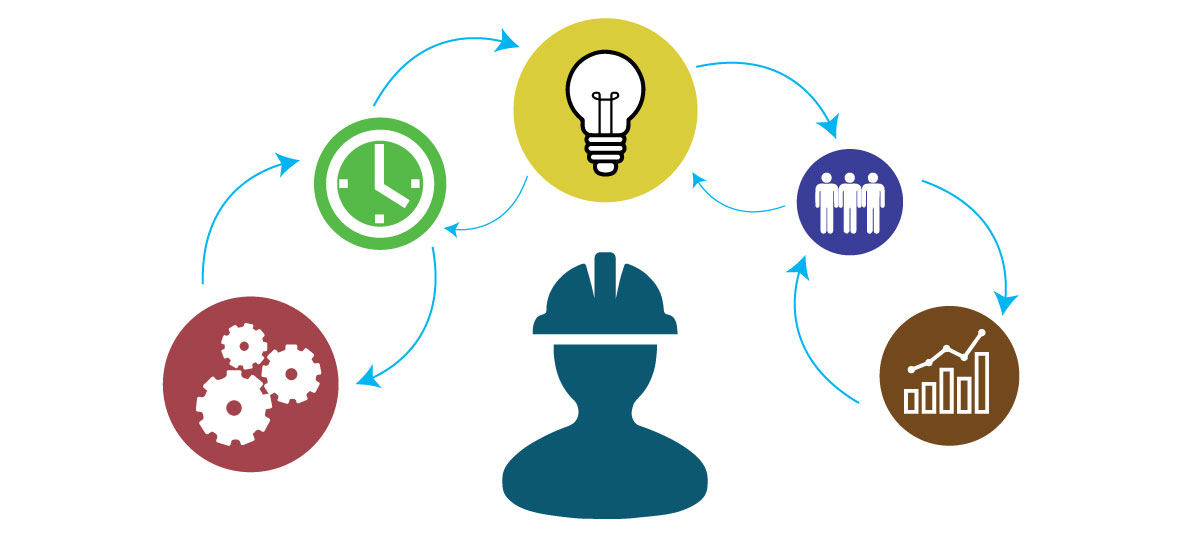Building a Process
Last week we discussed the creation of a solid plan for the upcoming year to ensure a safer more compliant operation. A good plan is your initial step into the right direction. Now come the details. The question “How will I get the plan implemented and in action?” comes into play.

The process by which the plan is executed is just as important as the plan itself. A well thought out process can determine the quality of data you are able to collect and the speed at which it can be distributed. This can be the difference between a safe and unsafe operation. Here are a few questions to ask when building your process.
5 STEPS TO BUILD YOUR PROCESS
1. Determine where you
2. Identify what is important
3. Define your goals
4. Determine who is accountable
5. Review and rework
1. Determine where you are
It is important to understand where you are in order to determine how you get to a destination. A few questions to ask: What is your team’s understanding of the situation? What resources do you have at your disposal? What would hinder our success? Having a clear picture of your current status will enable you to pave the way to your desired goal.
2. Identify what is important
In any operation there are many opportunities to get overwhelmed with details. The challenge can often be separating what are the most important things to get done, data to capture and actions to take. Choosing what takes precedence and then setting an order execution will help you build a more effective process for your team.
3. Define your goals
Define the expected objectives that clearly state what your organization must achieve to address the priority issues. Often you can refer to NERC recommendations to help set your goals for compliance.
4. Determine who is accountable.
This is how you’re going to get to where you want to go. The strategies, action plans, and goals are all steps in the process that effectively communicates how you will allocate time, human capital, and money to address the priority issues and achieve the defined objectives. Ensuring that the team is clear on who is accountable for each action is vital to success.
5. Review and Revamp
It’s not over. It’s never over. To ensure the plan performs as designed, you must hold regularly scheduled formal reviews of the process and refine as necessary. At least once a quarter is recommended. LogBook provides a great platform to audit performance and events to make wiser decisions for the future.
CONCLUSION
There are many methods to achieving your goals. The key is to take action. We are here to equip you and your team with the tools necessary for success. Let us know your story and learn how LogBook can benefit your origanization.
A NERC Benefit of a Solid Process
“Registered entities that follow the process… to evaluate systematically their own compliance performance, self – report potential noncompliance, and address reliability issues demonstrate the effectiveness of their internal controls and their commitment to a culture of compliance. Registered entities that are able to demonstrate strong internal co ntrols and a robust culture of compliance that mitigates risk may be afforded some recognition by way of reduced levels and frequency of compliance monitoring activities.” 2018 ERO Enterprise Compliance Monitoring Implementation Plan
